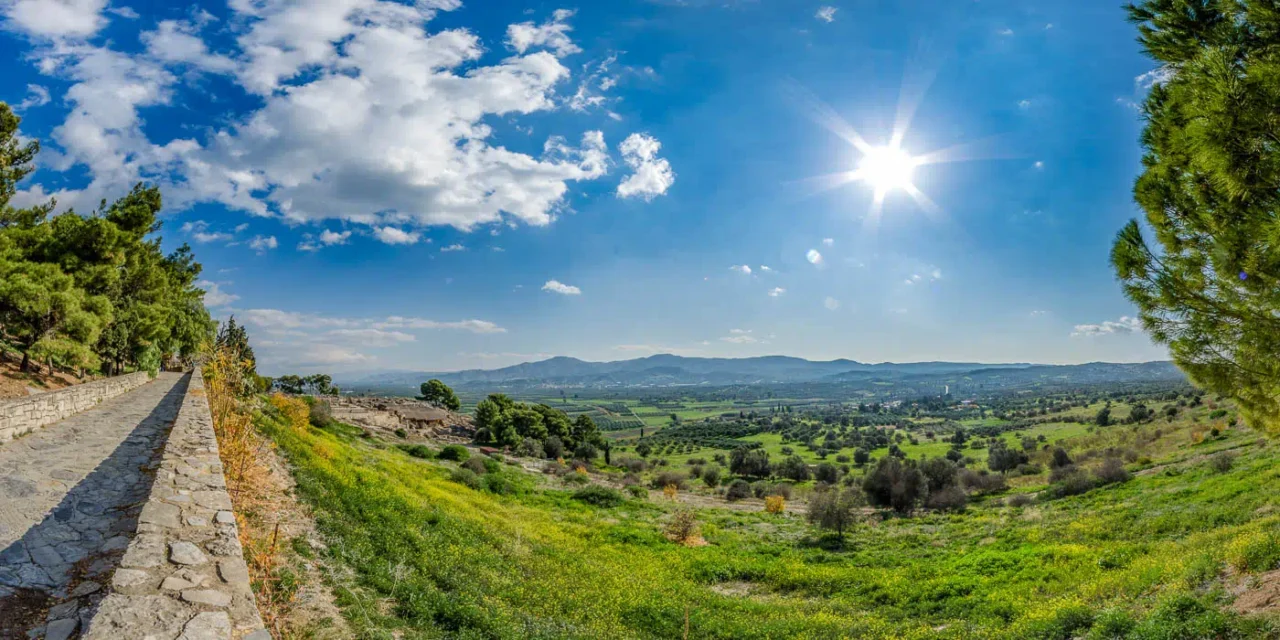
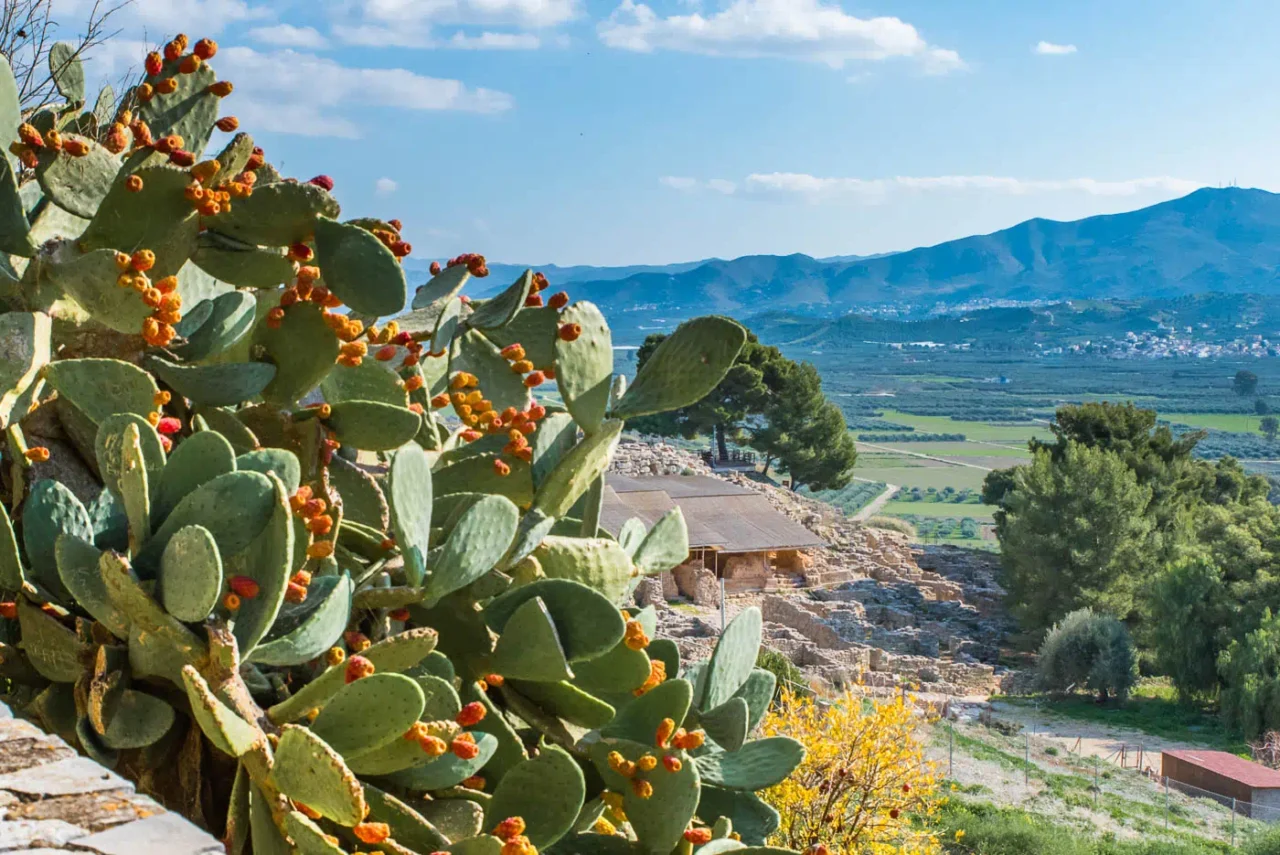
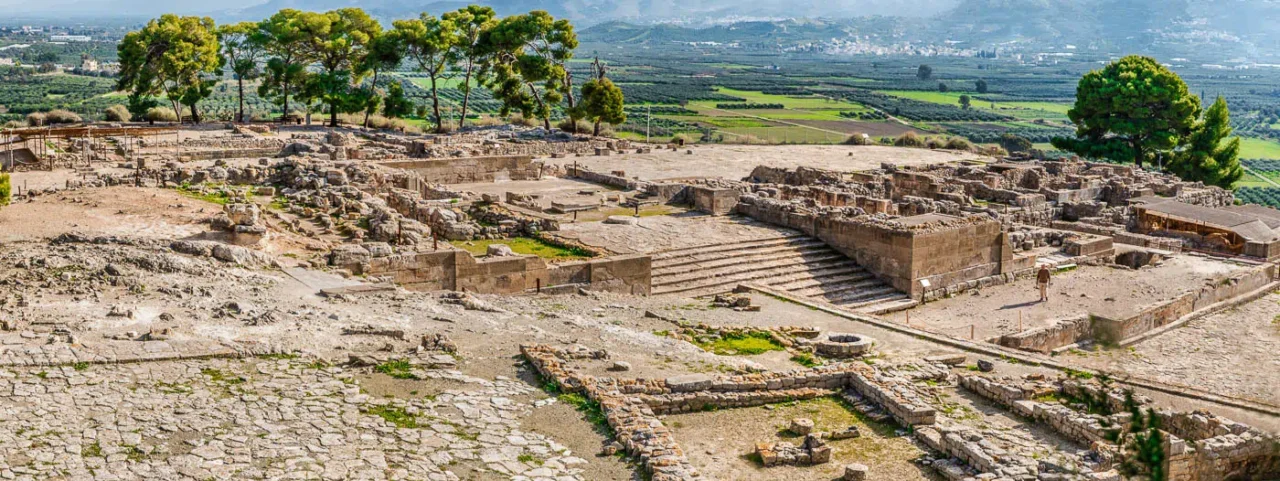
Phaistos, an ancient city with a long history, is an important example of the Minoan civilization. Located in the Messara Plain of Crete, Phaistos was a major center of Minoan culture, second only to Knossos in size and importance. Its location and archaeological remains provide information about the political, economic, social, and religious life of the Minoans and later civilizations.
Location and Timeline
Phaistos occupies a strategic position on a hill overlooking the Messara Plain, providing panoramic views of the surrounding landscape and fertile agricultural lands. The site’s location facilitated trade and exchange with neighboring Minoan centers, contributing to its prominence in Bronze Age Crete.
The earliest evidence of human activity at Phaistos dates back to the Neolithic period, around 4000 BCE (Todaro & Di Tonto, 2011). The first palace at Phaistos was constructed during the Protopalatial period (c. 1900-1700 BCE), followed by a second, larger palace in the Neopalatial period (c. 1700-1450 BCE) (Davaras, n.d.). After a period of decline in the Late Bronze Age, Phaistos was reoccupied in the Hellenistic period and continued to be inhabited until the Roman conquest of Crete in 67 BCE (Longo, 2020).
Phaistos in the Bronze Age
The Minoan civilization flourished in Crete during the Bronze Age, and Phaistos played a pivotal role in its cultural, economic, and political landscape. The city’s two palaces, constructed during the Protopalatial and Neopalatial periods, served as the administrative and religious centers of the settlement. The palaces were not only residences for the ruling elite but also centers of economic activity, with workshops, storage facilities, and administrative areas.
The first palace at Phaistos was destroyed by an earthquake around 1700 BCE (Girella, 2010). It was replaced by a larger, more elaborate palace in the Neopalatial period. This second palace featured a central court, a grand staircase, and various rooms and workshops, reflecting the advanced architectural and engineering skills of the Minoans. The palace was adorned with frescoes, depicting scenes from Minoan life and mythology, and its walls were covered with intricate stucco reliefs.
The surrounding area of the palace was occupied by residential buildings, workshops, and storage facilities. The city was likely organized around a central court, with streets and alleyways connecting different parts of the settlement (Letesson et al., 2010). The discovery of numerous artifacts, including pottery, tools, and jewelry, provides insights into the daily life and social organization of the people of Phaistos.
Relationship with Other Minoan Centers
Phaistos interacted with other Minoan centers, including Knossos, Hagia Triada, and Gortyn. The city’s location in the fertile Messara Plain facilitated trade and exchange with these neighboring settlements. During the Neopalatial period, Phaistos may have been under the influence or control of Knossos, as suggested by architectural similarities and the presence of Knossian-style pottery at the site (Girella, 2010).
The relationship between Phaistos and the nearby Kamares Cave is particularly intriguing. The cave, located high on Mount Ida, served as a major rural sanctuary for the Minoans. The presence of large quantities of fine polychrome pottery, known as Kamares Ware, suggests a close connection between the cave and the palace at Phaistos (Van de Moortel, 2011). It has been proposed that the palatial elite at Phaistos may have sponsored or even manipulated the cave cult to bolster their power and prestige.
Important Findings and Their Exhibition
Excavations at Phaistos have yielded numerous important finds, shedding light on Minoan culture, technology, and social organization. Some of the most notable discoveries include:
- The Phaistos Disk: A unique clay disk with imprinted symbols, dating to the Middle Minoan period (c. 2000-1600 BCE). Its purpose and meaning remain a mystery, but it has been suggested that it may be a solar calendar or an astronomical guide (Matossian, 2013).
- Kamares Ware: Fine, polychrome pottery with distinctive abstract designs, characteristic of the Middle Minoan period.
- Architectural remains: The well-preserved palace complex, with its central court, grand staircase, and various rooms and workshops, provides insights into Minoan palatial architecture and daily life.
- Hellenistic coins: A large number of coins minted at Phaistos during the Hellenistic period, reflecting the city’s economic prosperity and political autonomy (Carbone, 2020).
Many of these finds are exhibited at the Heraklion Archaeological Museum, one of the most important museums in Greece. The museum houses an extensive collection of Minoan artifacts, including the Phaistos Disk, Kamares Ware, and other objects from Phaistos and other Cretan sites.
Phaistos in the Hellenistic Period
After a period of decline in the Late Bronze Age, Phaistos was reoccupied in the Hellenistic period (c. 323-67 BCE). The city became a prominent city-state, minting its own coins and engaging in political alliances with other Cretan cities (Cantilena & Carbone, 2020). The construction of a walled circuit and public buildings, such as temples and theaters, reflects the city’s renewed prosperity and political autonomy.
Excavations at Phaistos have revealed a densely occupied urban area in the Hellenistic period, with houses, workshops, and public spaces (Longo, 2020). The city’s urban structure was adapted to the hilly terrain, with buildings constructed on terraces and connected by streets and ramps. The discovery of numerous artifacts, including pottery, coins, and inscriptions, provides insights into the economic, social, and political life of Hellenistic Phaistos.
The End of Phaistos
The city of Phaistos met its demise in the mid-2nd century BCE when it was conquered and destroyed by its rival, Gortyn (Longo, 2020). The exact reasons for the city’s destruction are unclear, but it likely involved political conflicts and power struggles between the Cretan city-states. The destruction of Phaistos marked the end of a long and prosperous era for the city, but its legacy lives on in its remarkable archaeological remains.
Site: Key Points
- Construction Period: Neolithic period (c. 4000 BCE) to Hellenistic period (c. 323-67 BCE)
- Location: Messara Plain, south-central Crete, Greece
- Dimensions: The palace complex covers an area of approximately 8,000 square meters.
- Historical Significance: Major center of Minoan civilization, second only to Knossos in size and importance.
- Current Status: Archaeological site, partially restored and open to the public.
References
- Carbone, F. (2020). Overstrikes at Phaistos: chronologies and flows. Archaeological Work in Crete, 4, 403-414.
- Davaras, C. (n.d.). Phaistos. In Ministry of Culture and Sports – Ephorate of Prehistoric and Classical Antiquities of Herakleion (pp. 26-46). Ministry of Culture and Sports.
- Girella, L. (2010). A view of MM IIIA at Phaistos: Production and consumption at the beginning of the Neopalatial period. Art and Archaeology, 9, 50-89.
- Letesson, Q., Lianos, N., & Sarris, A. (2010). The spatial organization of a Bronze Age “urban” center: The case of Phaistos (Crete, Greece). Journal of Archaeological Science, 37(12), 3163-3172.
- Longo, F. (2020). Phaistos in the Hellenistic period: Research questions and perspectives. In R. Cantilena & F. Carbone (Eds.), Monetary and Social Aspects of Hellenistic Crete (Annvario della Scuola Archeologica di Atene e delle Missioni Italiane in Oriente, Supplemento 8, pp. 49-63). Scuola Archeologica Italiana di Atene.
- Matossian, M. K. (2013). The Phaistos Disk: A solar calendar. Contribution to a decipherment. Mediterranean Archaeology and Archaeometry, 13(1), 235-264.
- Todaro, S., & Di Tonto, S. (2011). The Neolithic settlement of Phaistos revisited: Evidence for ceremonial activity on the eve of the Bronze
The location on the mountain is great.
Definitely worth seeing and parking on site!!!
À savoir qu’ils ferment à 15h30 en hiver, contrairement à ce que suggère Google maps













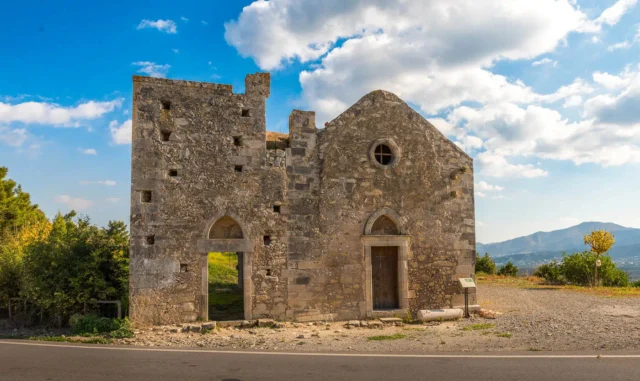

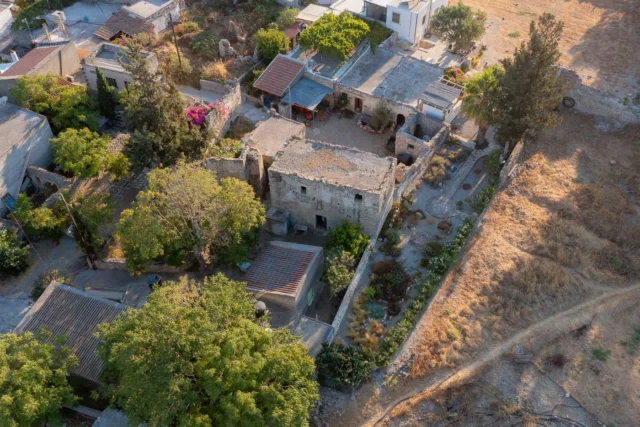
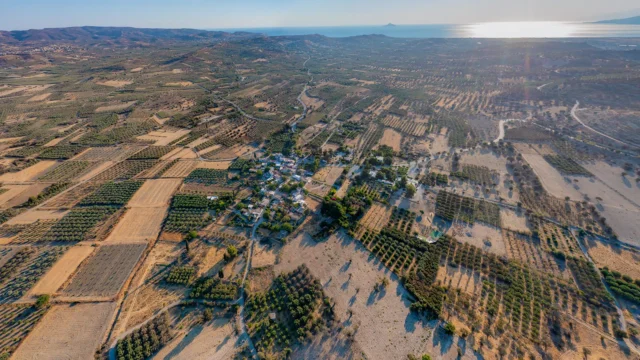
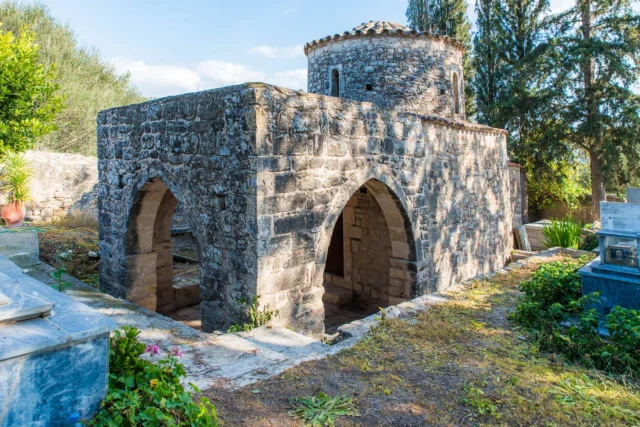
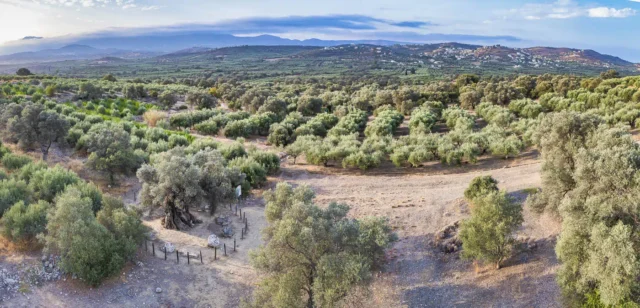

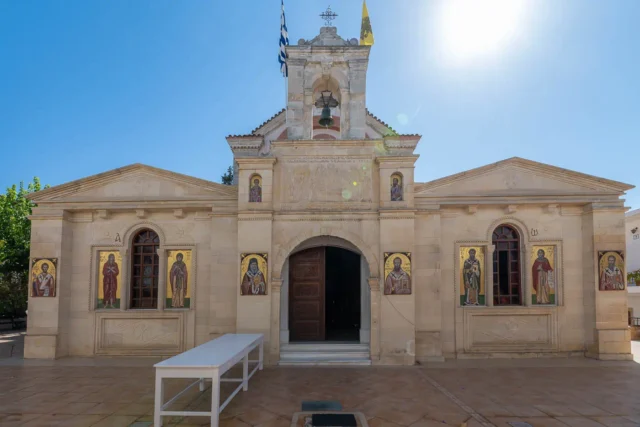

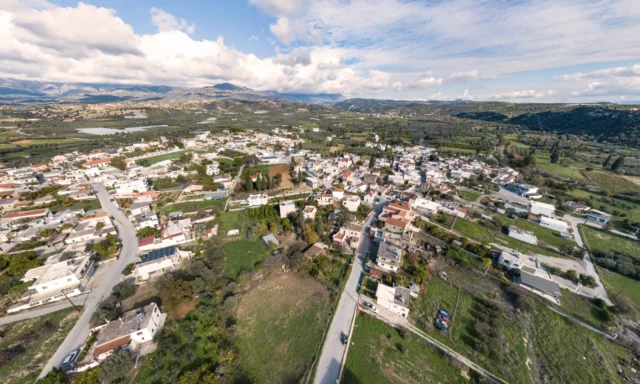

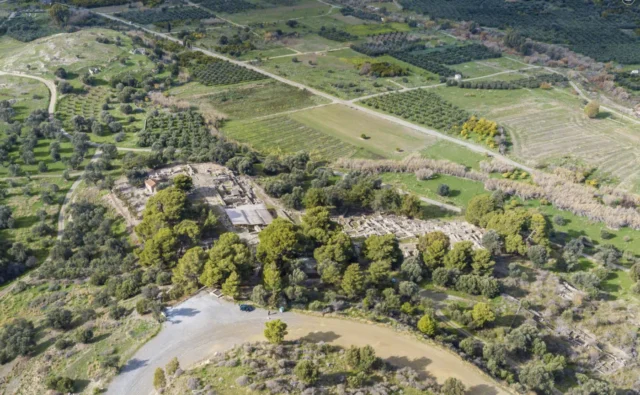

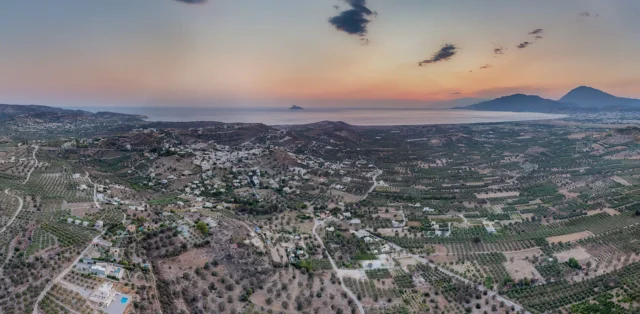
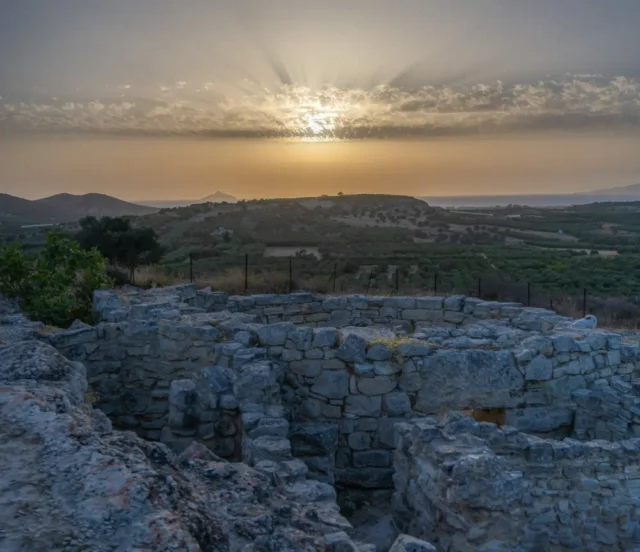
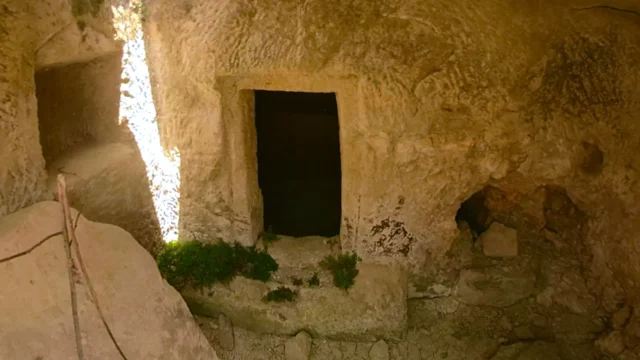

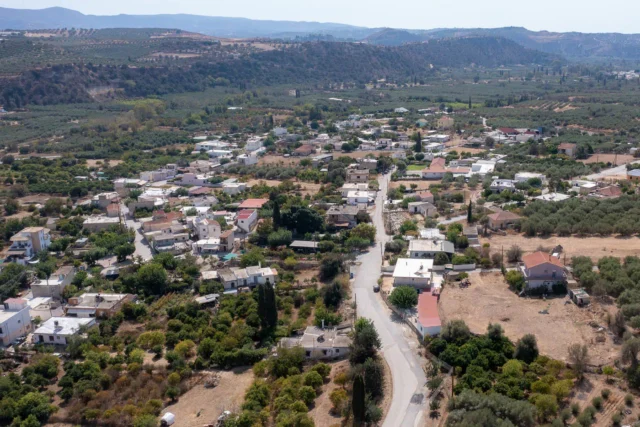
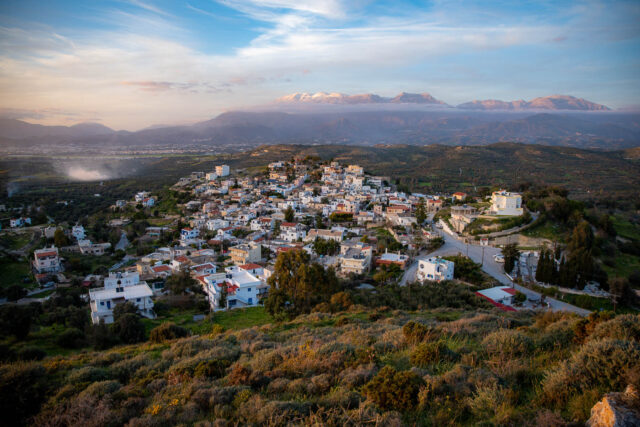


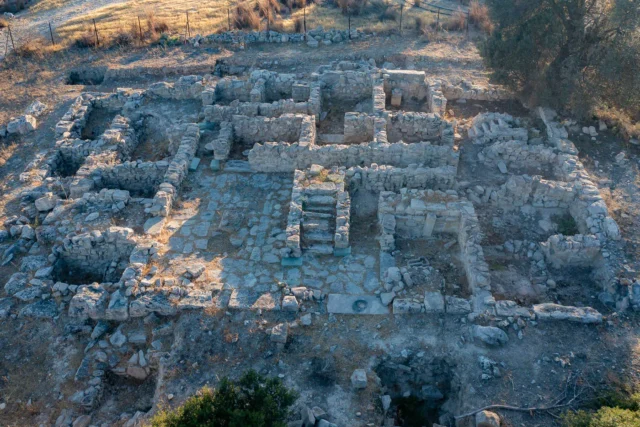
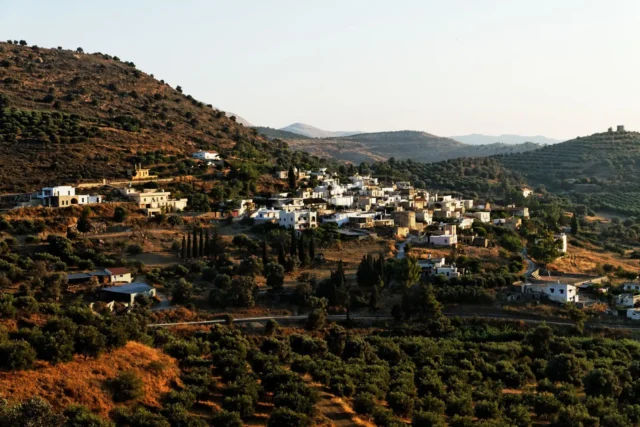
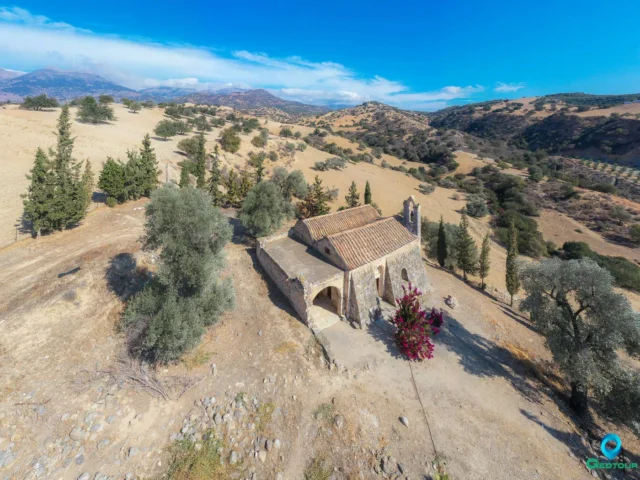

There are no comments yet.